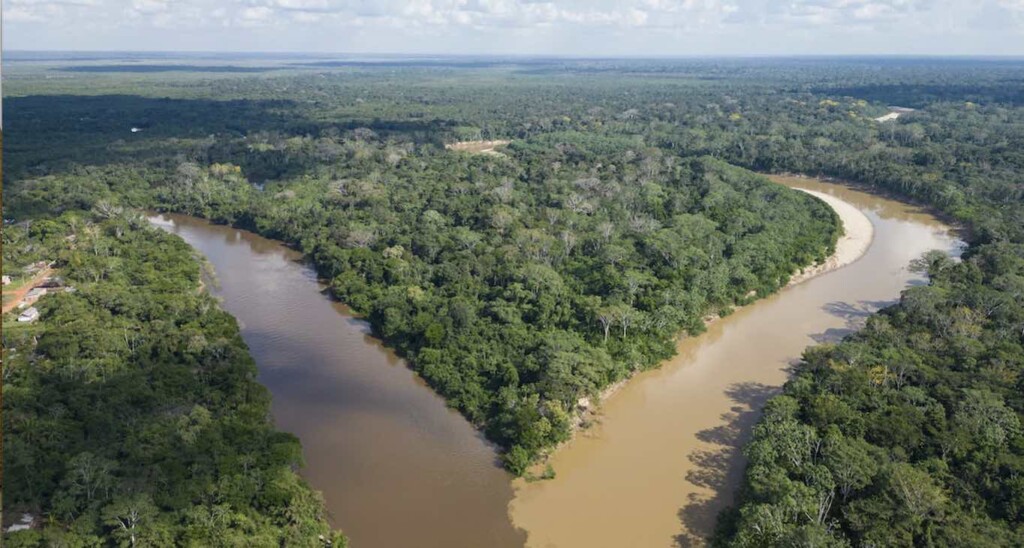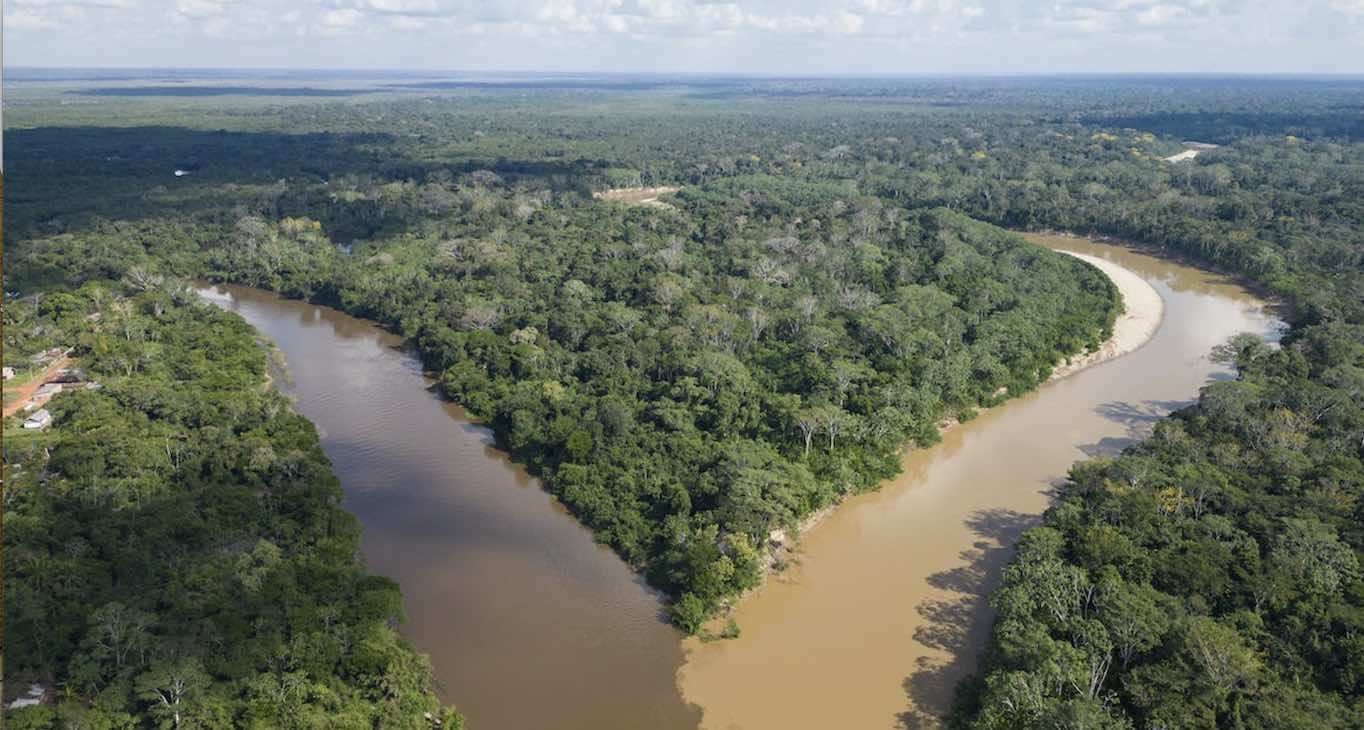
In some countries, executive government action is what creates big protected areas of wild lands, but in Bolivia, with the announcement of the establishment of a truly gargantuan patch of protected forest, credit must be given to the ordinary people of the country.
In the municipality of Sena (pop. 2,500) a law was just created to protect 452,639 hectares (1.1 million acres) of Amazon rainforest. Called the Gran Manupare Integrated Management Natural Area, the law was overseen by, and passed for the benefit of, “peasants and indigenous communities,” per a statement from the mayor’s office.
Located in the Pando Department in the far northern corner of Bolivia, the new protected area represents almost 8% of its forests and has significantly increased the region’s conservation coverage to 26%.
The rich biodiversity of this new area is highlighted by the presence of the giant river otter (Pteronura brasiliensis), one of the region’s top predators, and the big-leaf mahogany (Switenia macrophila), both Endangered species according to the IUCN.
Enhancing its ecological significance are healthy populations of mammals like the jaguar, the white-lipped peccary, and the lowland tapir, as well as several Vulnerable species such as the blue-headed macaw (Primolius couloni) and the giant armadillo (Priodontes maximus).
Beyond tangible benefits, the forest is estimated to hold 9.2 million tons of irrecoverable carbon.
The big NGO Conservation International assisted with the project, and wrote in a statement that the Pando Department holds the largest proportion of well-preserved Amazonian forest in the country.
In the past 25 years, Bolivian towns like Sena have protected 10 million contiguous hectares (25 million acres) of Bolivia’s Amazon—an area nearly the size of Iceland, partially by assembling it piece by piece like a mosaic.
“It’s an incredible conservation story that began in the 1990s with the creation of the Madidi National Park and has continued over the years,” stated Eduardo Forno, vice president of Conservation International-Bolivia.
A HUGE CONSERVATION WIN IN ECUADOR: 60% of Ecuadorians Vote Against Continued Oil Drilling in Critical Amazon Biosphere
“It’s a combination of having a clear objective and consistently seeking opportunities to add new pieces to the puzzle. Protected and conserved areas remain one of the most important tools for conservation, with enormous potential to guard against loss of wildlife and stave off the worst consequences of climate change.”
Per capita, Forno explains, Bolivia has had some of the highest rates of deforestation in the world. The Pando Department has an average forest cover of 90%, compared to a national average of 44%, in part because Pando is at some of the lowest elevations of any Bolivian territory.
A SIMILAR INITIATIVE IN THE US: With 14,000 Critical Acres Added to Montana Wildlife Reserve, It May Become the Largest in the Lower 48
Part of the story of Gran Manupare is the Brazil nut, which is mostly cultivated in Bolivia, and accounts for a large portion of local livelihoods. Being already engaged in the economic use of intact rainforests, Conservation International began working with the municipality of Sena to explore the potential for a large protected area to ensure their livelihoods.
The current picture in Gran Manupare and Pando is that these sustainably harvested forests have now stitched together millions of acres into a “conservation mosaic” of lands owned by indigenous communities, those managed for Brazil nuts, areas protected for watersheds, and others for endangered species.
SHARE This Huge Conservation Victory With Your Friends…




















